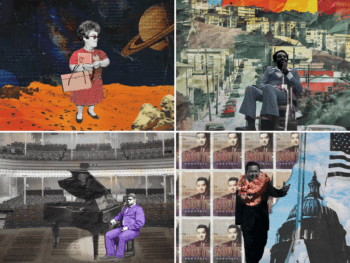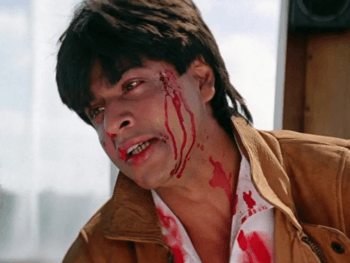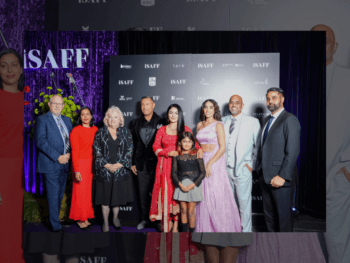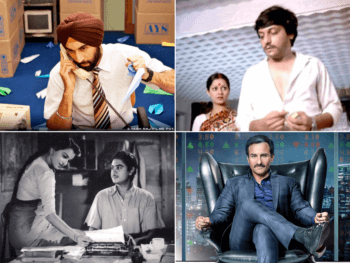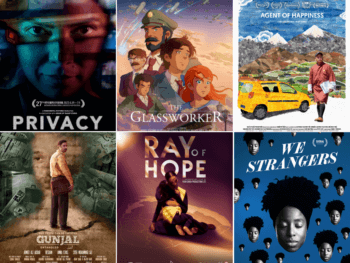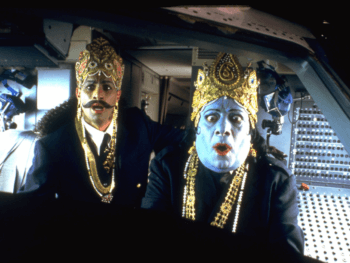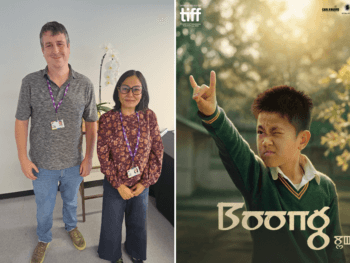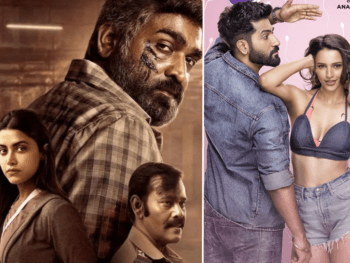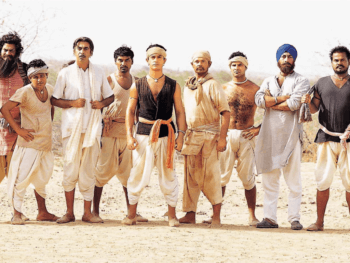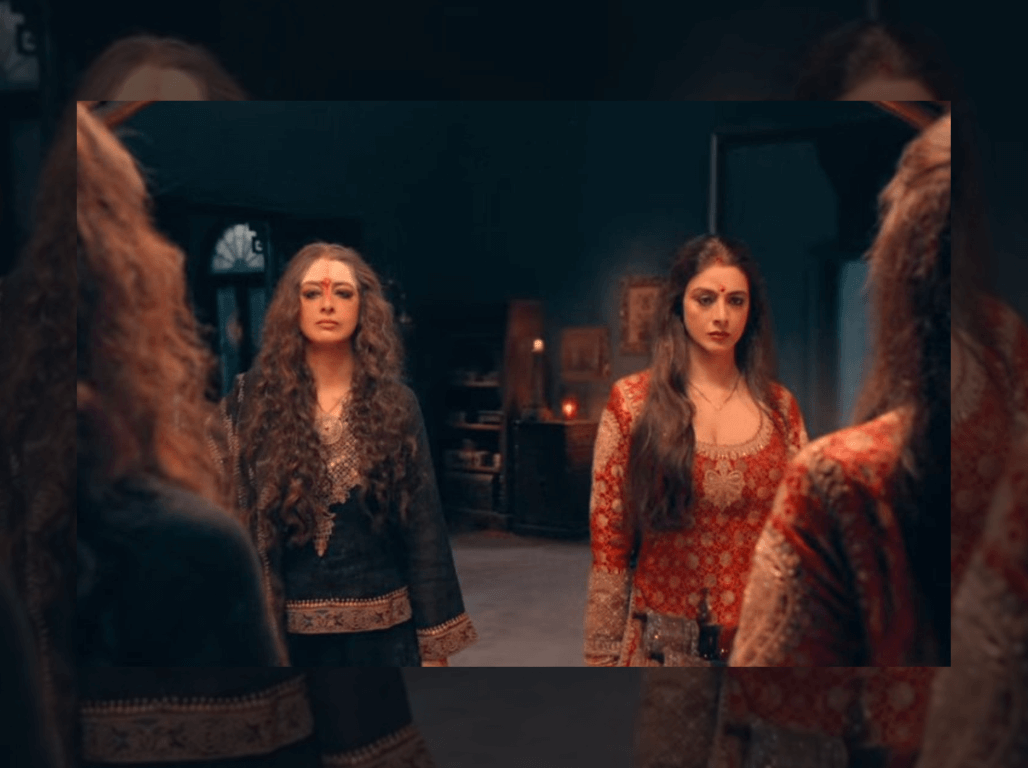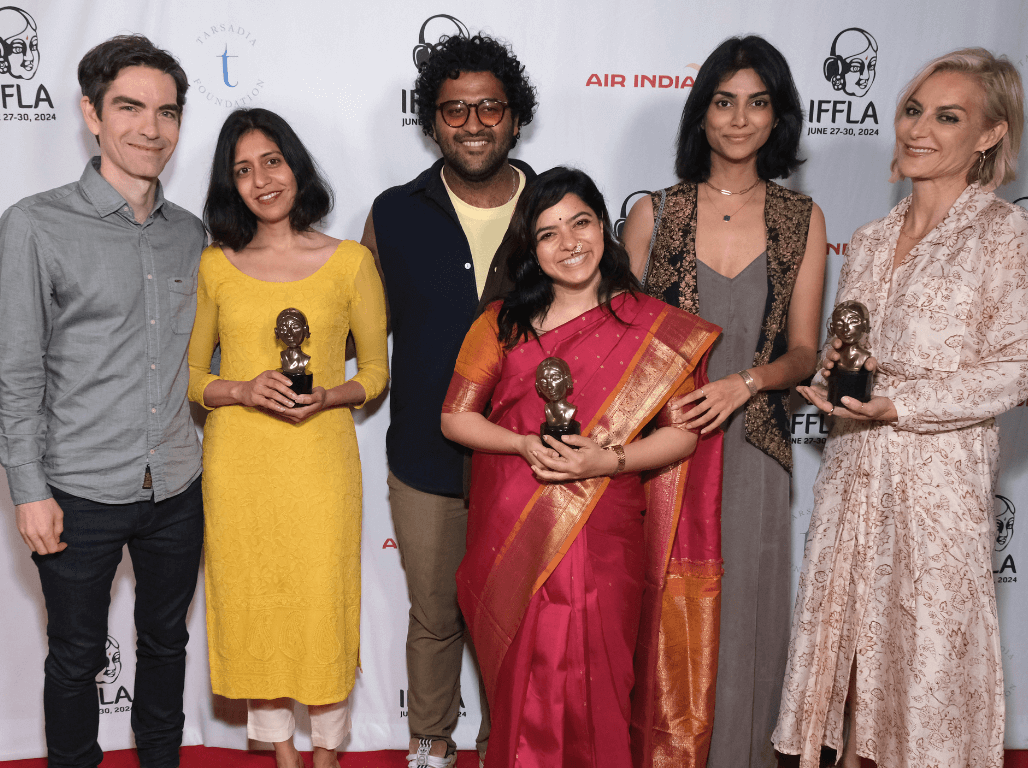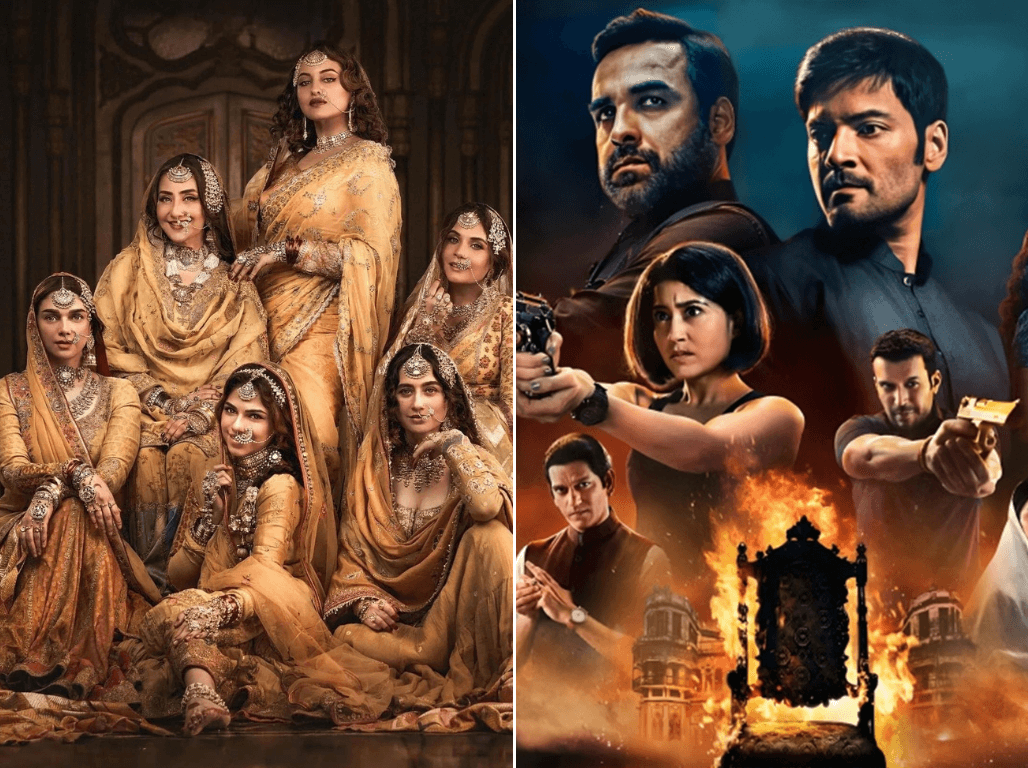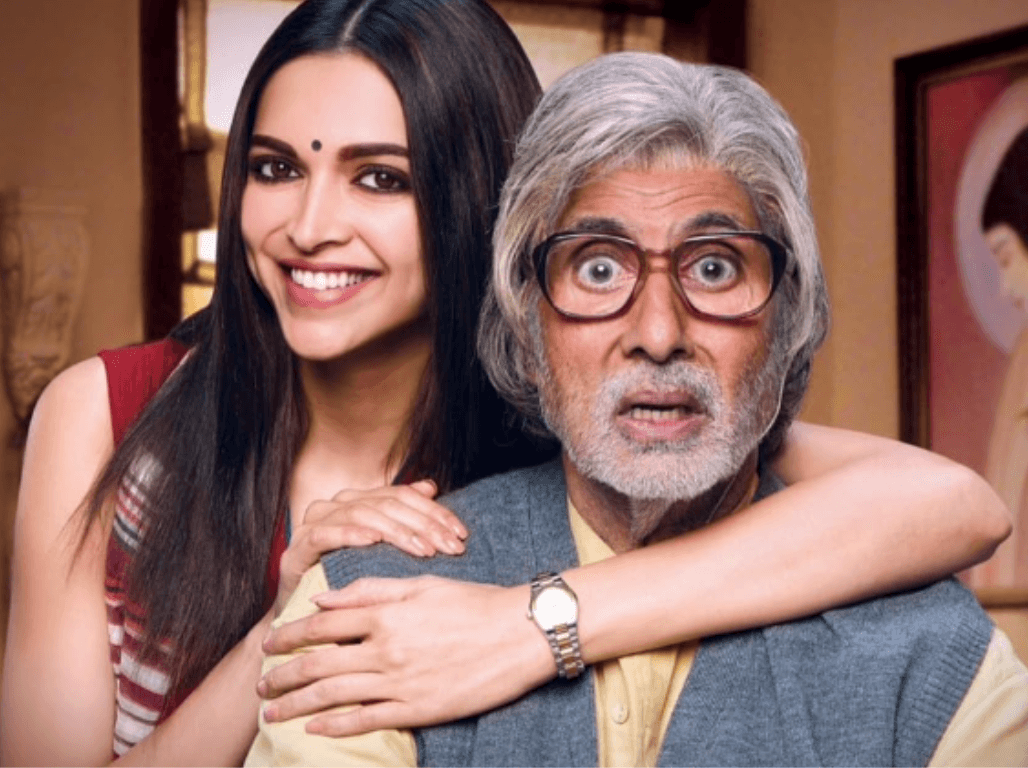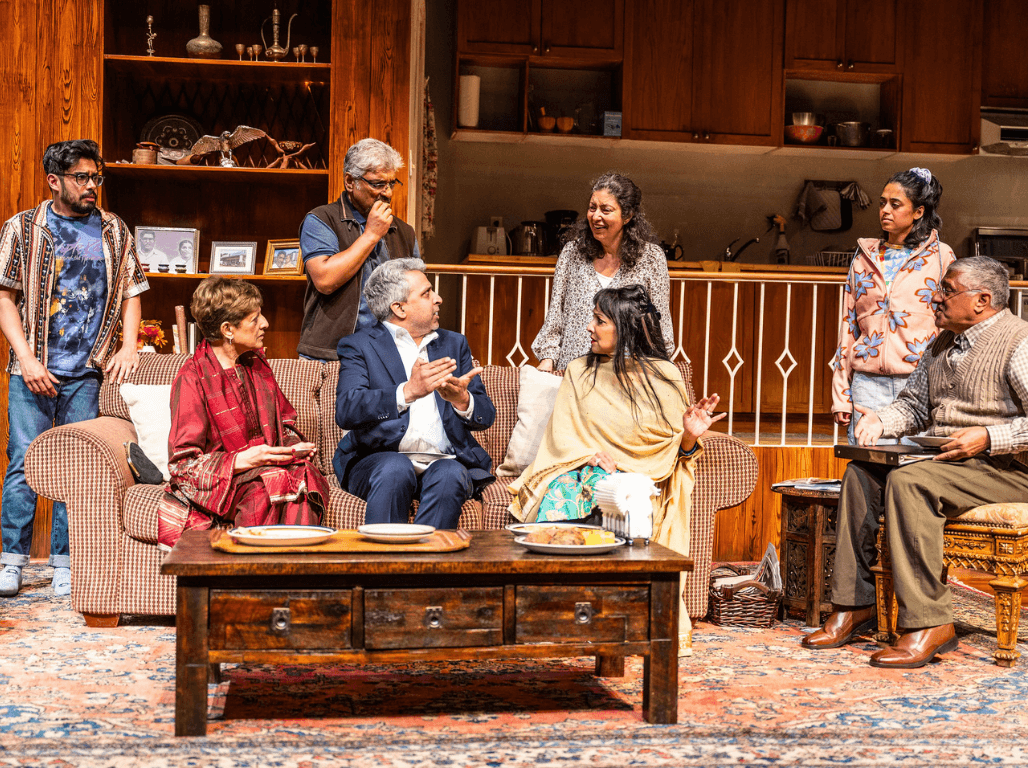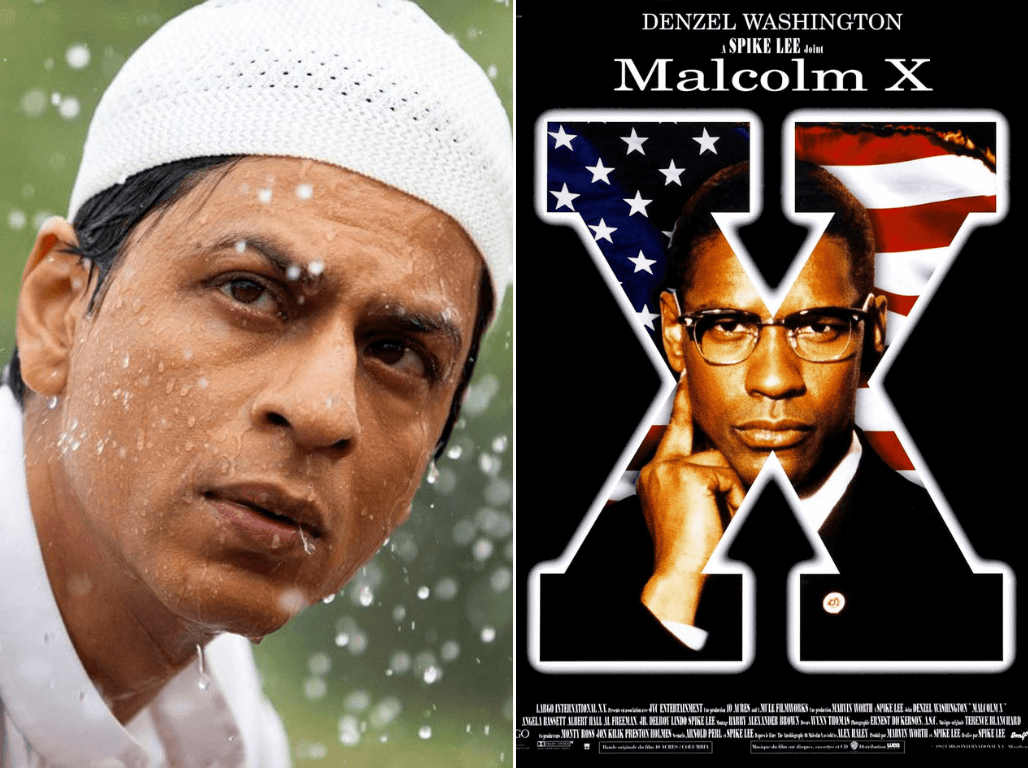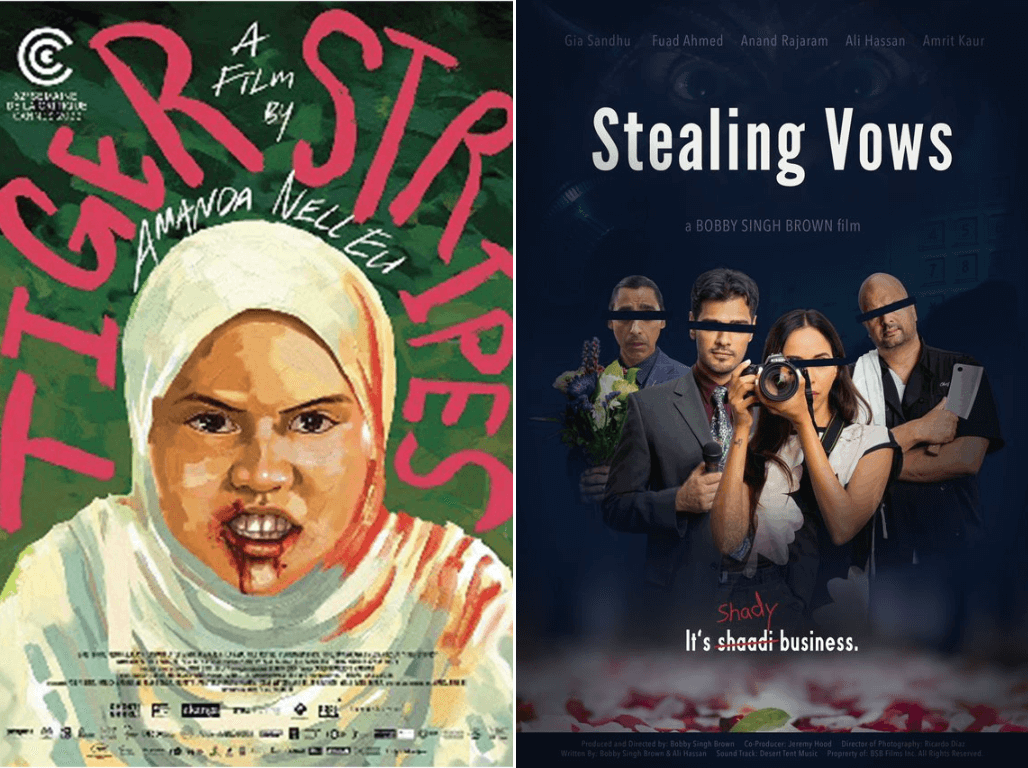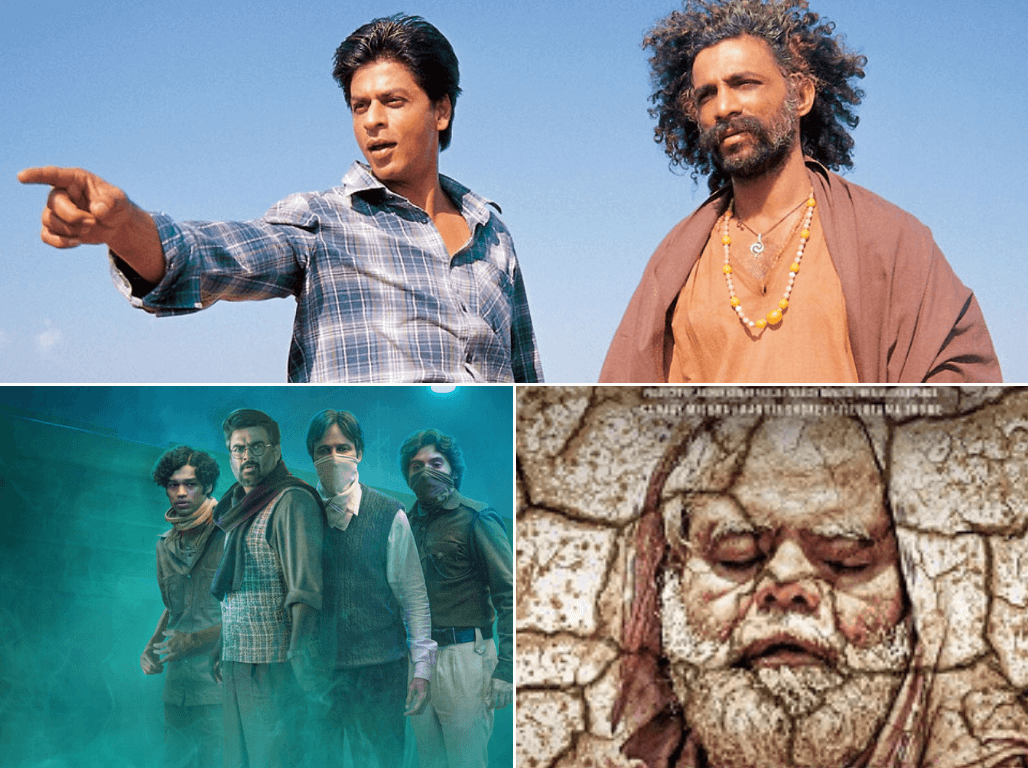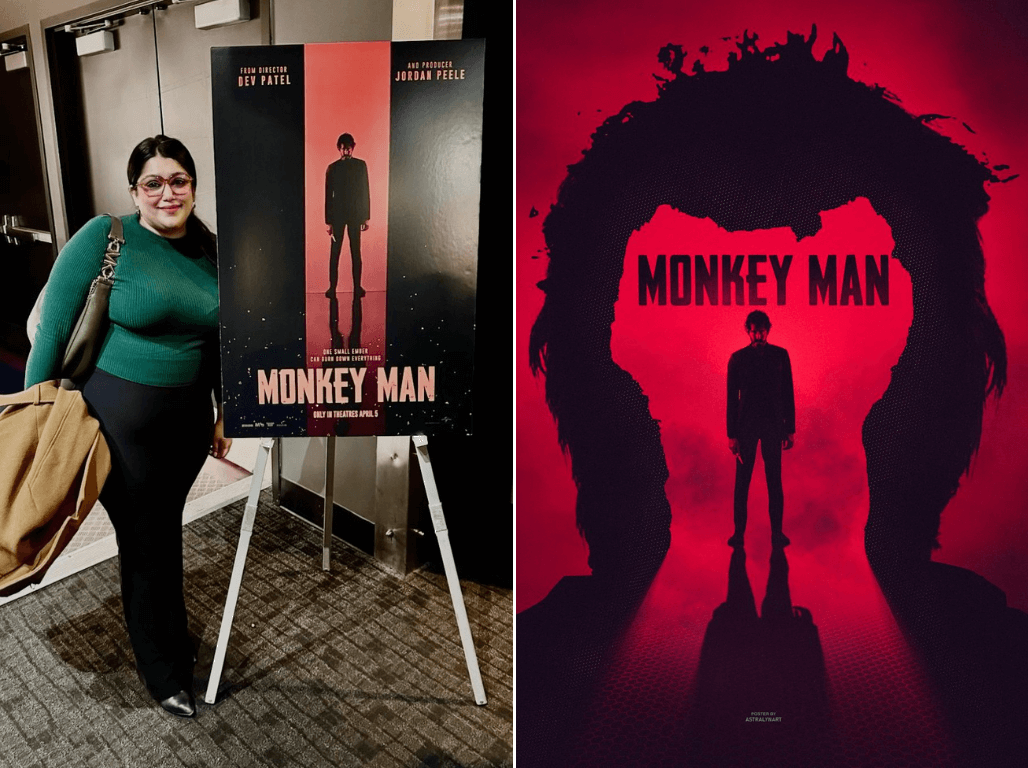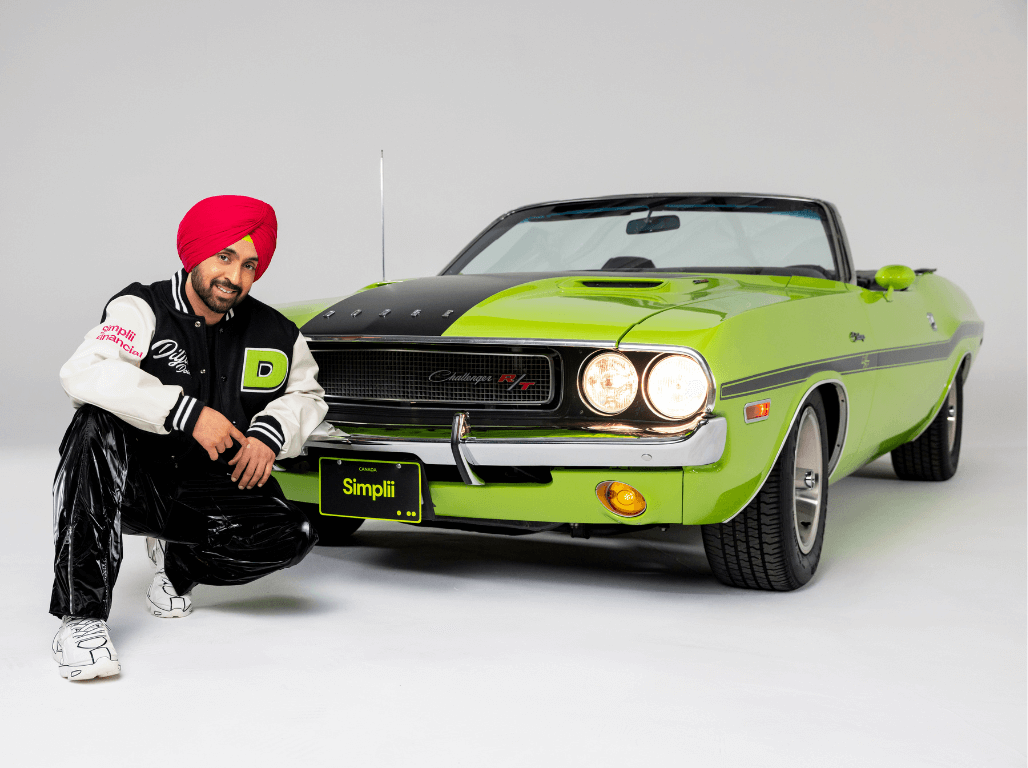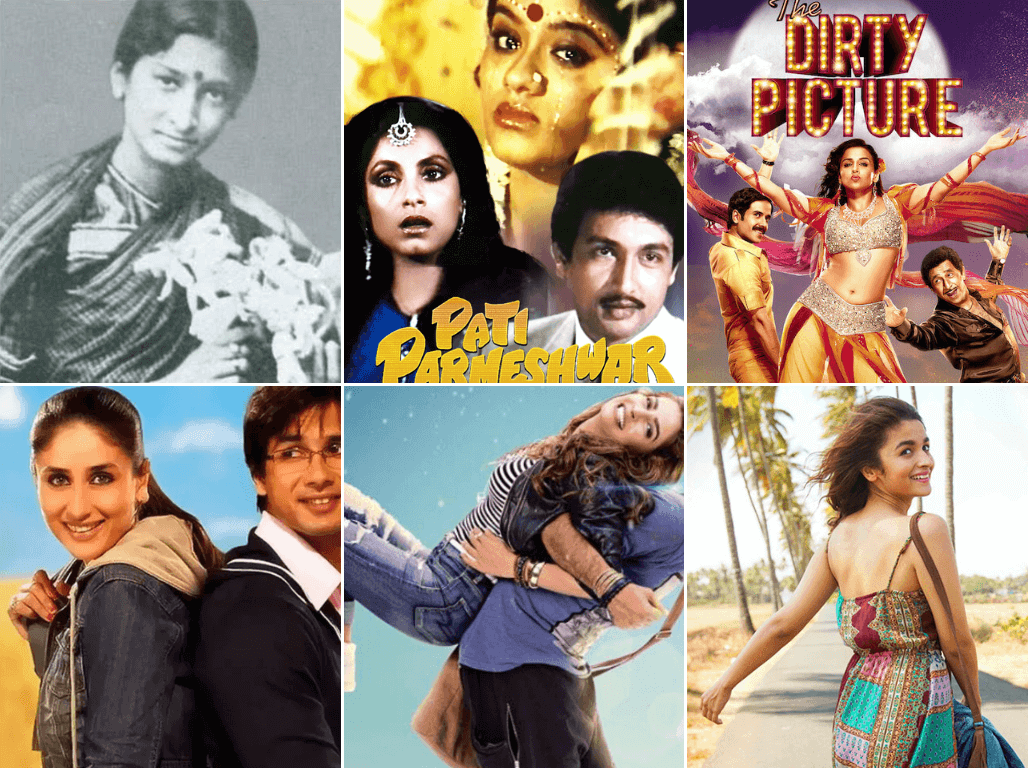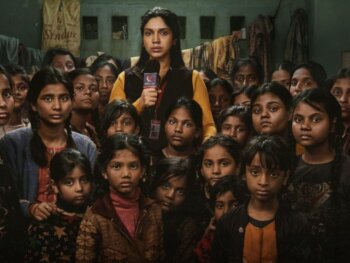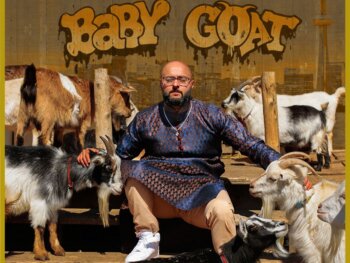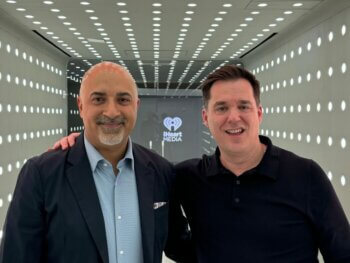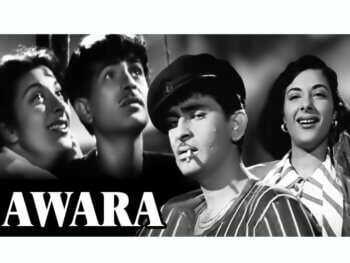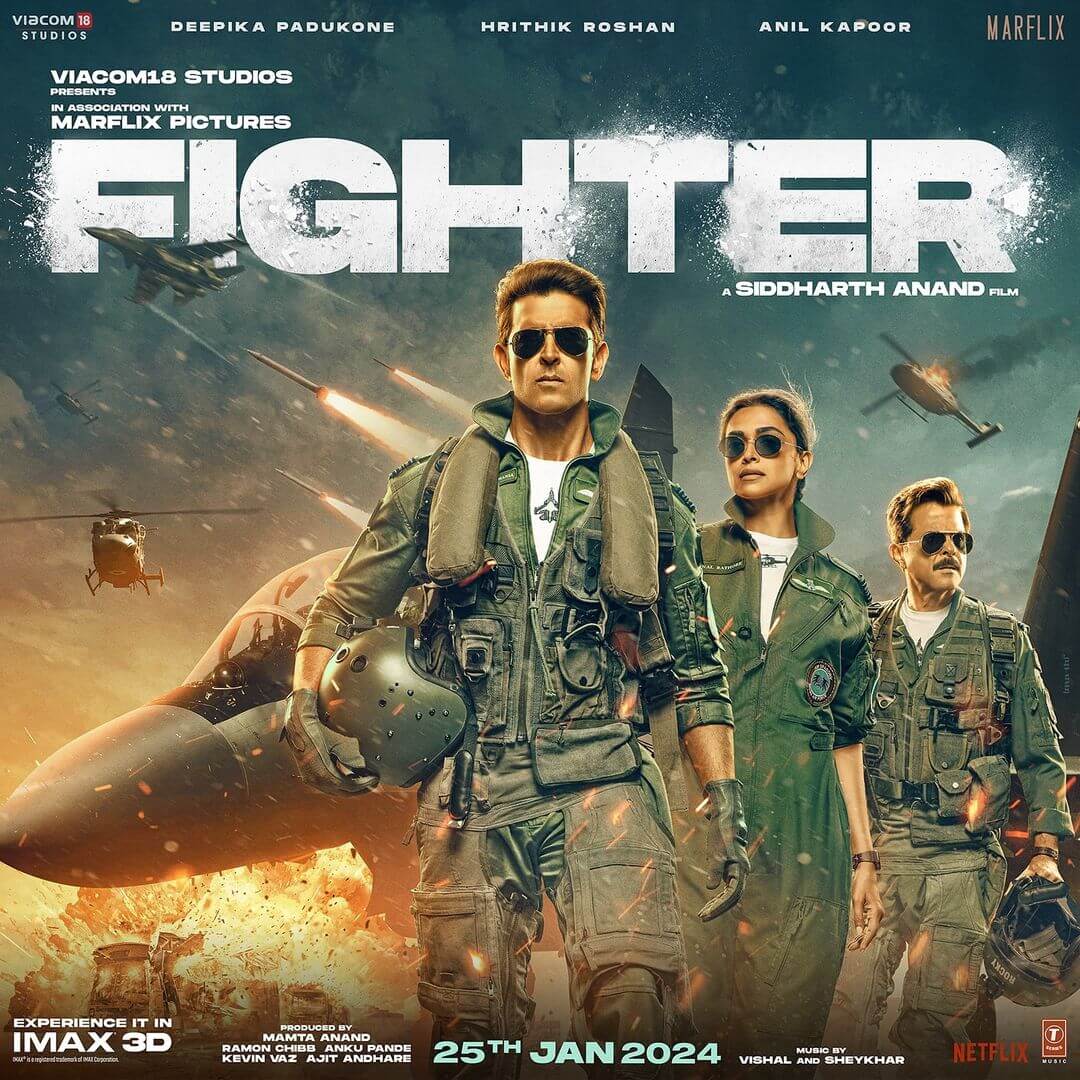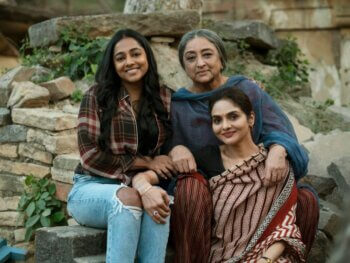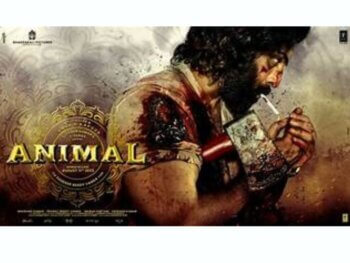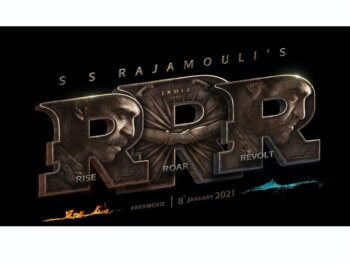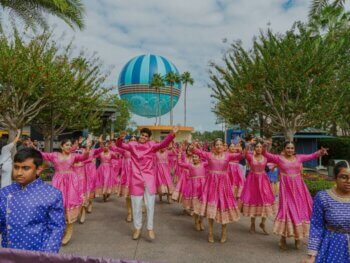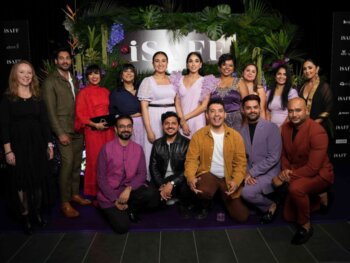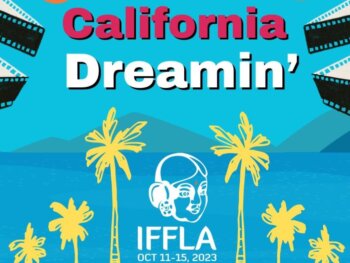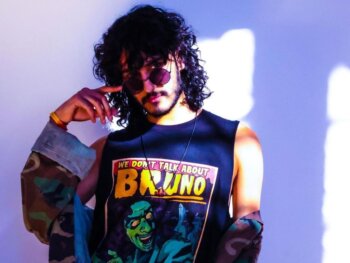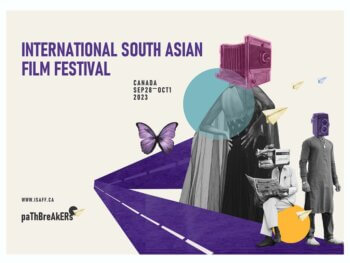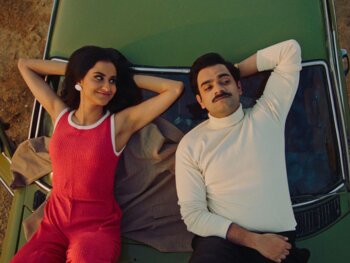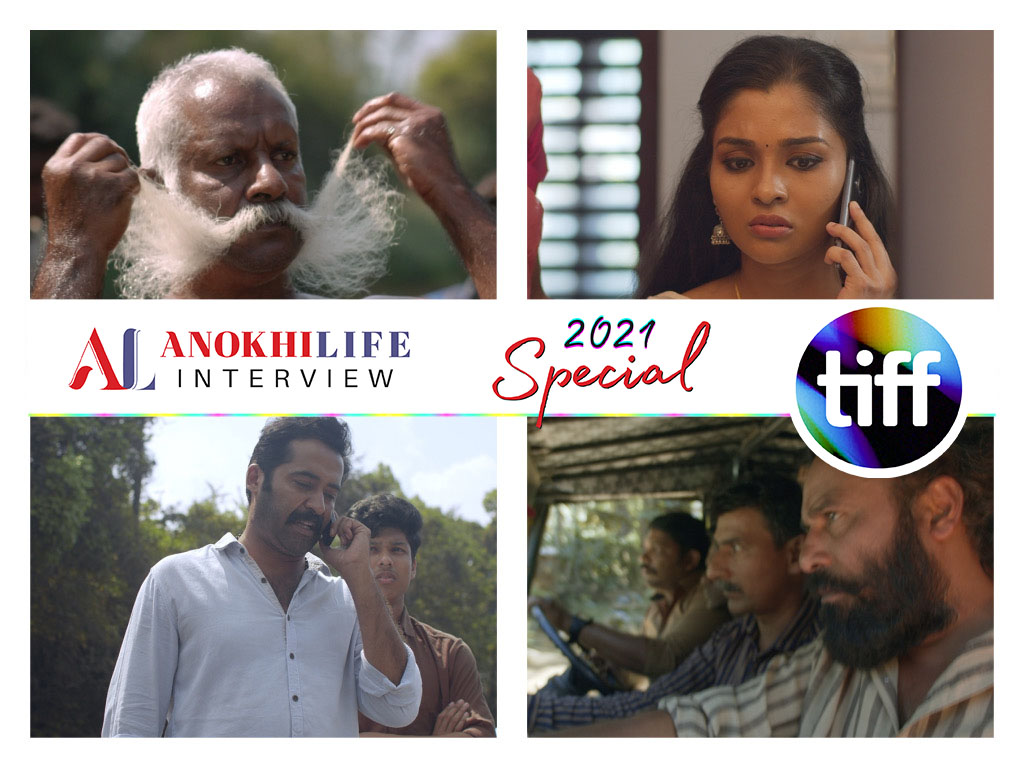
TIFF 2021: Director Nithin Lukose Tells Us How His Grandmother’s Stories Fuelled His Film “Paka (River of Blood)”
Entertainment Sep 17, 2021
Premiering at this year’s Toronto International Film Festival is Paka (River of Blood), a gritty blood-feud drama/star-crossed romance that takes place in the forests of Kerala. First-time filmmaker Nithin Lukose shares with us why he chose his childhood village as the backdrop for his directorial debut and how his grandmother’s tales fuelled his cinematic vision.
One of the more intriguing South Asian films at TIFF 2021 comes from Nithin Lukose, a veteran Indian sound designer making his feature debut — writing and directing a love story set against the backdrop of a generations-spanning feud between two families.
They say to write what you know, and Lukose certainly took that to heart, heading back to his home village of Wayanad and using the tales passed on to him by his own grandmother to craft a story of love, revenge and the inescapable pull of legacy — using a cast largely populated by local non-actors, including his aforementioned grandmother. Adding to the authenticity is the Orattu, a real-life river renowned for its death toll — existing here as a constant malevolent presence between two clans who’ve been spilling each other’s blood into its waters for decades.
Amidst the chaos of TIFF 2021, I got the chance to chat with Mr. Lukose about his influences, working with legendary exec producer Anurag Kashyap and how even a deeply personal, deeply specific story set in the forests of Kerala can resonate with a global audience.
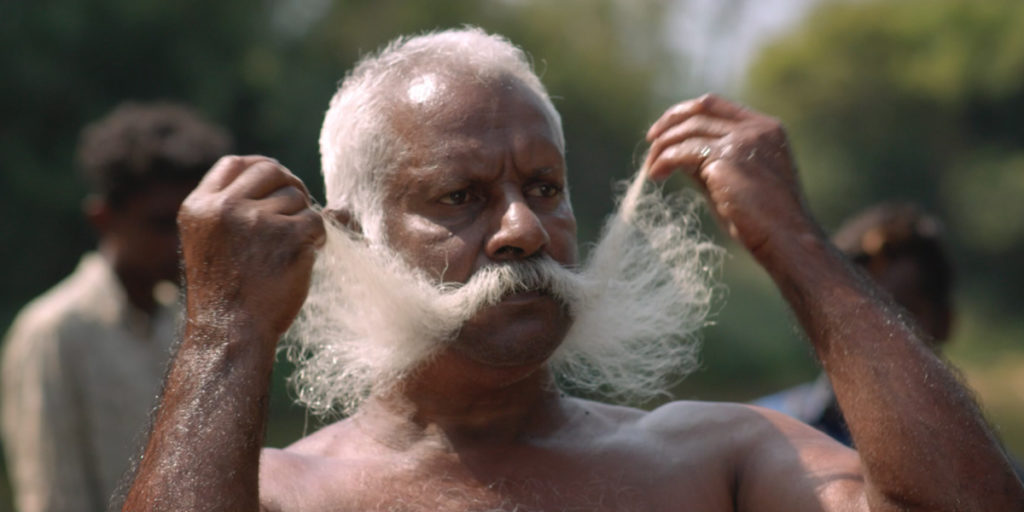
Matthew Currie: Talk about going back to your own hometown to tell your first cinematic story.
Nithin Lukose: The river was my first character . . . My grandmother was also the grandmother in the film — the grandmother telling stories to her grandson. She was saying that there is a myth which people say about the river, that maybe there is a magical power about the river, there is a ghost in the river which basically wants dead bodies and attracts people to the river to die or suicide or for killing. So I tried to use that. There are many trenches in the river, really dangerous trenches and people believe that there are ghosts living in the trenches, inviting people to die — and they want people’s blood and lives.
There is definitely a scope for a violent film in this whole unique setup, and I placed the violent story, the family feud, which my grandmother has told me also evolved when they migrated to Wayanad — from South Kerala to North Kerala. It’s a careful blend of reality, actually.
MC: What does the film have to say about these “blood feuds,” these inherited legacies passed down from generation to generation?
NL: This subject is discussed always — Shakespeare, in the epics . . . this kind of revenge, family feuds. Because we have that in us. In Mahabharata [the epic poem] there is a character called Ashwatthama. Ashwatthama is someone that was blamed by a god, and the god has punished him to wander the world. Ashwatthama is Paka, basically. The meaning of “Paka” is vengeance. Ashwatthama is the vengeance of us, of humanity. So he is wandering in the world for whatever he has done in his life, and the god has punished him. That is something I tried to adapt. If you look around the world, people are doing the same thing . . . the cycle of vengeance.
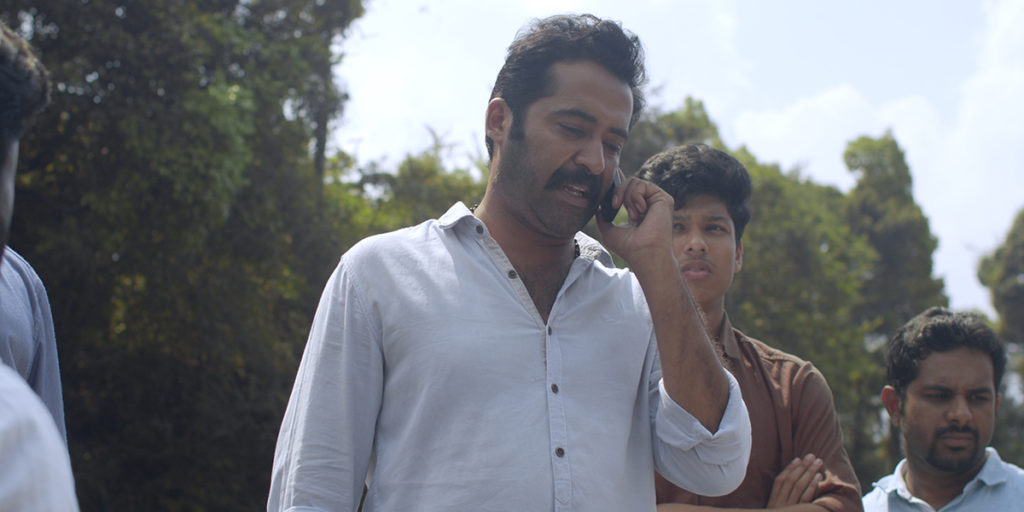
MC: On that note, there’s also an element of the surreal, the divine, the otherworldly woven into this very gritty, grounded story . . .
NL: The trumpet player in the film, he is actually sitting on the other side of the river. Everyone is on this side of the river, and on the other side of the river is a trumpet player. He is sitting with the dead men, he is playing some kind of music, he is listening to everything on the radio [so] he has access to everything in the world, really. Basically, I treated this guy as a god. Sitting and watching what people are doing. God was watching everything — the human folly, the foolishness we are doing. That was the idea, because all the dead men are going to sit with him. That’s a magical realism thing I tried. I hope it worked [laughs].
MC: Your main characters are played by professional, trained actors. But so many of your performers in this film are non-actors, including your own grandmother.
NL: I think it was completely an experiment. Four of them are professional actors from cinema, who were actors before this. All others are non-cinema. Some of them had acted in theatre before, but they were never in cinema. That acting is different, the way is different. Our process was to have the workshop, try to give them notes, so that they are more comfortable. So by the time we are shooting, they know exactly what they are doing. Most of these non-actors, they are from here and inspired by real life.
We have Jose, who has that moustache, and he is a villager and doesn’t know what is TIFF, he knows nothing about international film festivals or cinema . . . he’s the only man who can swim into the places and retrieve the bodies. In the last week or so, he did that again [in real life].
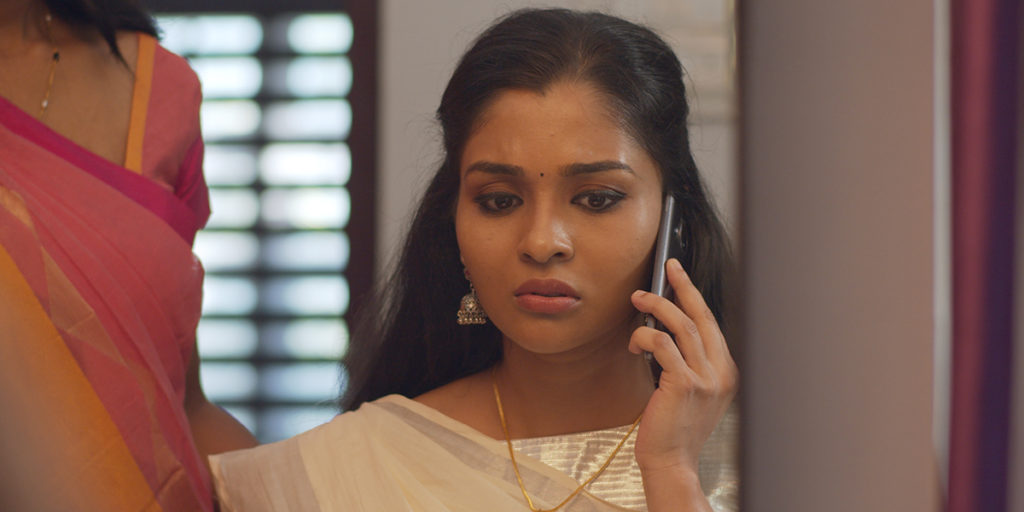
MC: You’ve got a very big name backing this film as one of the producers in the form of Anurag Kashyap. What was it like working with him on this?
NL: After the first cut, we gave the film to Anurag. And Anurag really liked it, because this is the kind of film that he also makes . . . like Gangs of Wasseypur, that was a huge hit. And this is an expression from that. Anurag did the same thing; he went back to his space, he took all the [local] stories and he made a film from there. We reshot a few things according to the way he suggested, which was really good. And then gradually he came on board as a producer.
MC: We’ve talked about how very specific the film is to the region of Kerala, but there’s also a universality to it, which you really find in all stories, no matter where they come from.
NL: Yes. I remember when I was in film school, every day we used to have one film screening . . . from Charlie Chaplin to Georges Méliès and Tarkovsky . . . Some days it would be a Turkish film, some days it would be an American film, some days it would be a Latin American film. The space is different, the culture is different, the way of life is different, but the emotions are similar. And that’s how we also could connect to the films. I think people will definitely connect to Paka.
Main Image Photo Credit: www.tiff.net
Matthew Currie
Author
A long-standing entertainment journalist, Currie is a graduate of the Professional Writing program at Toronto’s York University. He has spent the past number of years working as a freelancer for ANOKHI and for diverse publications such as Sharp, TV Week, CAA’s Westworld and BC Business. Currie ...






























































